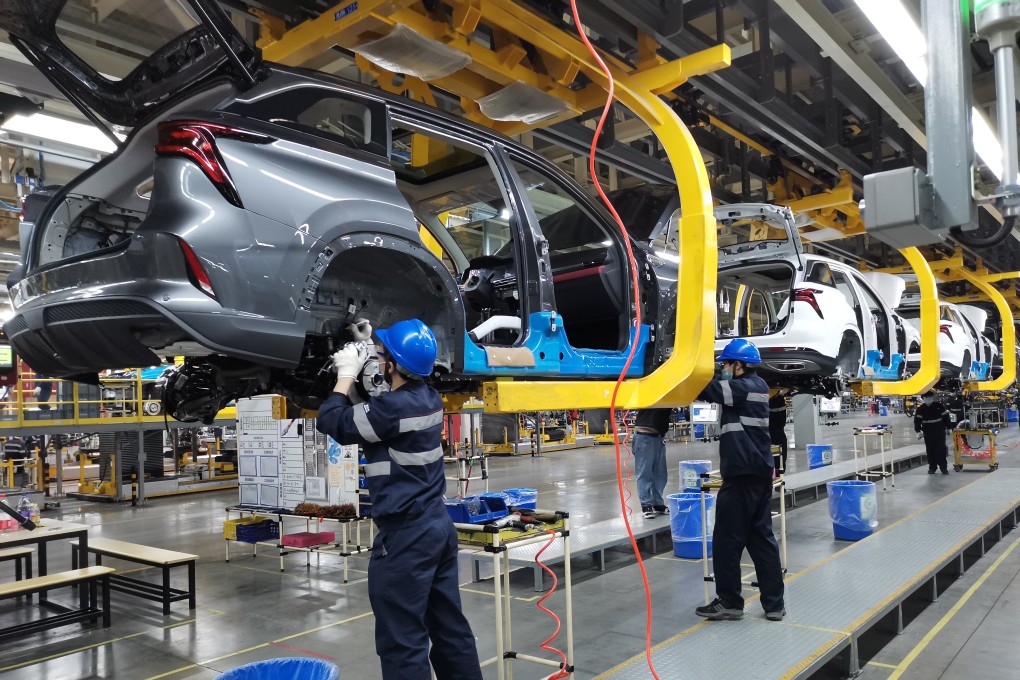China’s power crisis sends magnesium prices skyward, choking supply chain and leaving Europe desperate
- Global automotive industry depends on magnesium, but China has nearly a complete monopoly on the industry, producing 87 per cent of the world’s supply
- Magnesium production is power-intensive and emits five times more carbon pollutants than steel production, meaning some smelting plants may be shut down for several months

After years of stable prices, magnesium costs have skyrocketed while a shortage of the metal is choking downstream users in its supply chain, especially the global automotive industry.
A monthly review of the metal, by the China Nonferrous Metals Industry Association (CNMA), revealed a sudden spike in the price of magnesium between August and September, when it doubled to a monthly average of nearly 42,000 yuan (US$6,600) a tonne – a 230 per cent year-on-year increase – and nudged as high as 70,000 yuan (US$11,000) a tonne during September.
Magnesium’s price had been hovering between 14,000 and 20,000 yuan a tonne over the past decade.
The shortage and soaring prices are of particular concern to the metal’s primary user – carmakers.
Last week, the German non-ferrous metal industrial association WVM wrote to the German government, warning about the impact of the shortage on all of Europe, as a result of China’s power cuts. It also noted that China accounts for 87 per cent of the global production of magnesium.